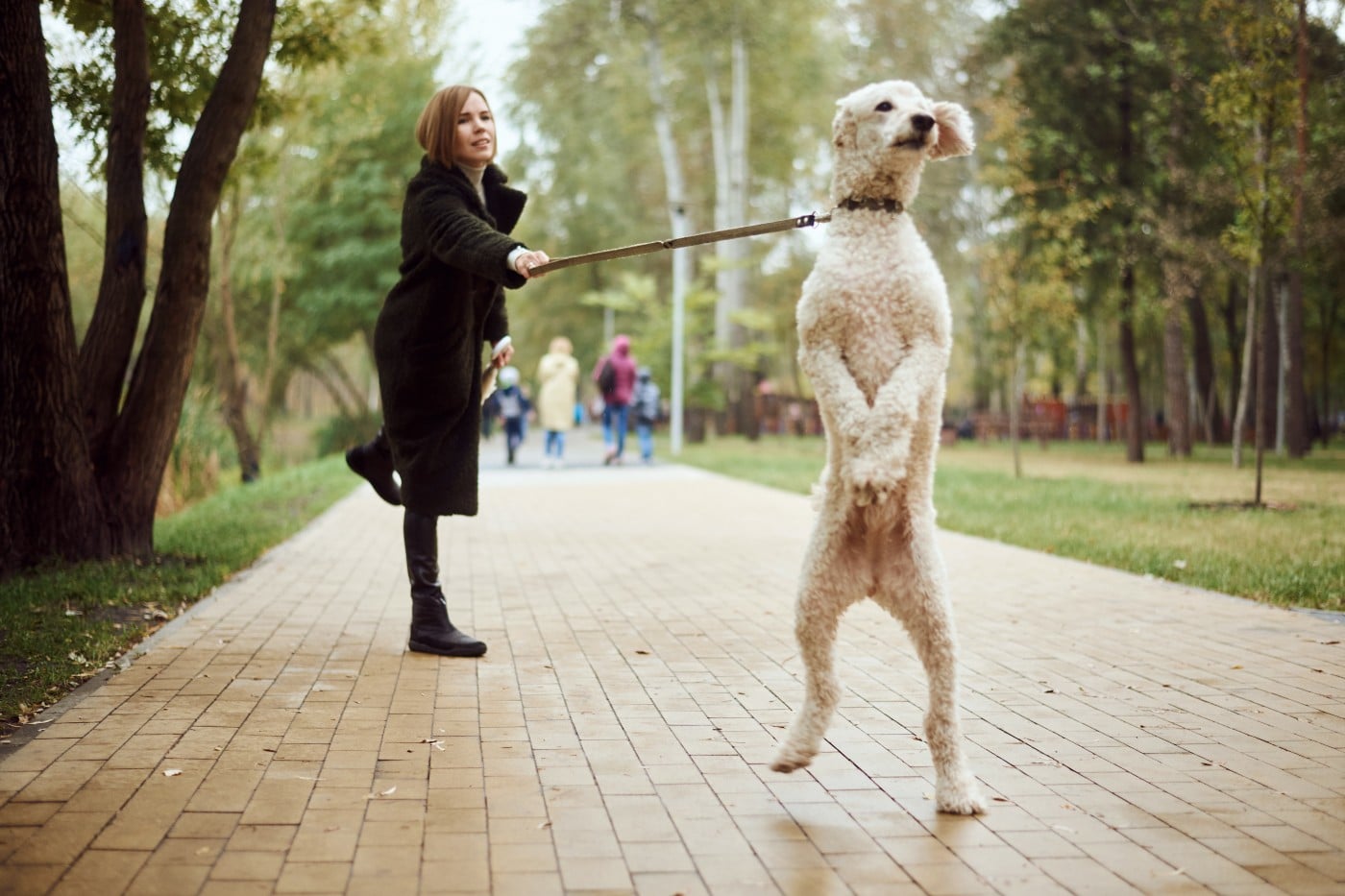Looking Good Info About How To Handle Aggressive Dogs

Aggression in dogs:
How to handle aggressive dogs. The root cause of your dog’s aggression isn’t that they’re naturally “bad” or “mean.” most likely they’re fearful of or insecure with a particular environment or stimulus. Aggression is defined as the threat of harm to another individual involving snarling, growling, snapping, biting, barking or lunging. Deep, low voices can be daunting to a fearful dog.
If you are unable to get to the root of your dog's aggression, it can help to hire a professional dog trainer that specializes in canine aggression. Empower the staff, giving them the confidence and tools to handle the dog effectively. These specialists have knowledge and training methods that can be very effective even with dogs that seem to be lost causes.
Aggression is the most common and most serious behavior problem in dogs. Understanding the contributing factors in aggression can often help in the treatment of aggression. This is important for several reasons.
But some aggression in dogs, like redirected aggression, can develop even though careful attention has been paid to all of these things. How to stop aggressive behavior in dogs the first step to deal with aggression is identifying the early signs of aggression or precursors. You may also have to make lifestyle changes.
Aggression in dogs is cause for concern in many dog owners. Men may have a little trouble with this; Cross the street if you can and walk on the other side of the road to keep you well clear of their territory.
You should be far enough away so that your dog doesn’t start to growl or snap. Our vets' guide on dealing with an aggressive dog, including why your dog might be aggressive and how you can stop your dog reacting. Aggression aggression is a behavior with the intent of doing harm or the threat to perform a harmful act.
If your dog shows aggression toward people or other dogs while out on walks, keep him on a leash and consider training your dog to wear a muzzle when you are outdoors or in public. If you are concerned about preventing aggressive behavior, the best insurance policies are socialization and training. You cannot keep an aggressive dog unless you are going to take the necessary precautions to keep not only your dog safe, but also anyone your dog comes into contact with.
Then, reward yourself with lots of treats and. If you do speak to them, use soothing tones as you back away. Treatment for aggression generally does not involve the owner ‘punishing’, using aversion therapy or being aggressive towards the dog as this is likely to make the dog’s aggressive behaviour worse.
The first step in treatment is to prevent further episodes of aggressive behavior. Any dog who has shown aggression should be examined by a veterinarian to rule out any medical problems. Research why your dog is aggressive aggression and fear are two sides of the same coin.
Aggressive behavior in dogs generally includes barking, lunging, growling, snarling, baring teeth, muzzle punching (when a dog hits you with a closed mouth), and biting. Pain, thyroid problems, illnesses, and hormonal imbalances can cause an otherwise friendly dog to be cranky or display aggression. Agressive behavior signs stopping it see your vet call a professional create a plan avoid punishment medication handling situations if your dog regularly growls, snaps, or bites, you might have a behavioral problem of aggression on your hands.








/dogs-and-aggression-1118229_final-24ba368115ed4371bac59110c40527a1.png)









